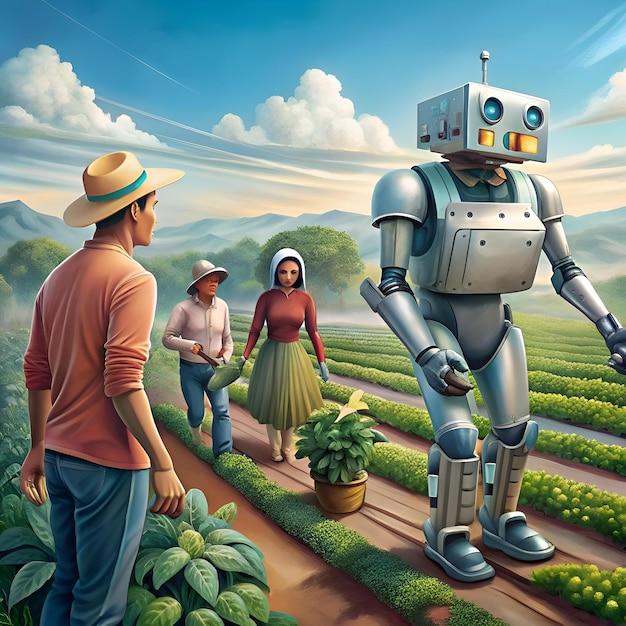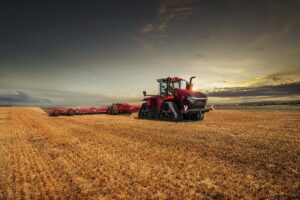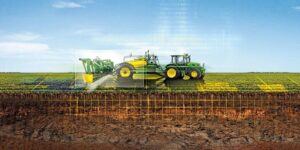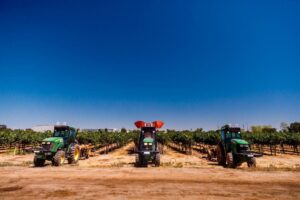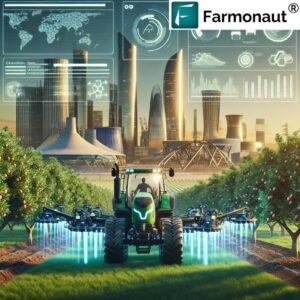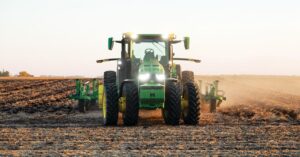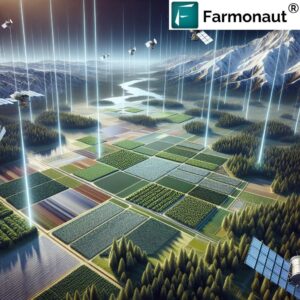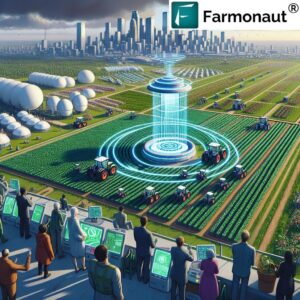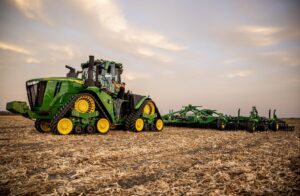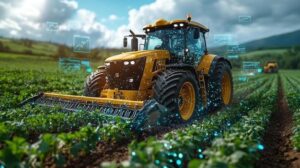the integration of robotics into modern agriculture marks a significant transformation in how farms operate. Agricultural robots, ranging from autonomous tractors to intelligent harvesting systems, are revolutionizing customary farming practices across the globe. These technological innovations address critical challenges facing the agricultural sector, including labor shortages, precision requirements, and the need for increased productivity. As farmers adapt to changing market demands and environmental pressures, robotic systems are emerging as essential tools in streamlining agricultural operations and optimizing crop management.The landscape of modern agriculture is undergoing a dramatic transformation as autonomous machines revolutionize traditional farming practices. These sophisticated robots are taking on tasks that were once exclusively performed by human hands, from planting and harvesting to monitoring crop health and managing pests.
Precision agriculture has reached new heights with GPS-guided robots capable of operating 24/7, navigating fields with centimeter-level accuracy. These machines utilize advanced sensors and artificial intelligence to make real-time decisions about crop management,optimizing resource usage and reducing waste. Equipped with computer vision systems, they can distinguish between crops and weeds, applying targeted treatments that minimize chemical usage while maximizing efficiency.
Harvesting robots have become increasingly sophisticated, using gentle gripping mechanisms and advanced algorithms to determine optimal picking times. These machines can assess fruit ripeness, handle delicate produce without damage, and work consistently in various weather conditions.Some models can harvest up to 10 times faster than human workers, addressing critical labor shortages in the agricultural sector.
The integration of drone technology has enhanced field monitoring capabilities. These aerial robots survey vast areas quickly, collecting data on crop health, soil conditions, and irrigation needs. By combining multispectral imaging with machine learning algorithms,farmers receive detailed insights about their fields,enabling precise interventions before issues become severe.
Dairy farming has seen the introduction of robotic milking systems that allow cows to be milked on their own schedule. These systems not only improve animal welfare but also collect valuable data about each animal’s health and productivity. Similar innovations are emerging in livestock monitoring, with robots tracking animal behavior and detecting early signs of illness.
Indoor farming operations are benefiting from robots designed for controlled environment agriculture. These machines maintain optimal growing conditions, manage hydroponic systems, and handle the intricate tasks of vertical farming. Their precision in environmental control has led to increased yields and resource efficiency in urban farming settings.
The economic impact of agricultural robotics extends beyond operational efficiency. Initial investment costs are offset by reduced labor expenses, improved yield quality, and decreased input waste. Small-scale farmers are gaining access to these technologies through cooperative ownership models and robotics-as-a-service platforms.
As these systems become more sophisticated, they’re incorporating machine learning capabilities that allow them to adapt to changing conditions and improve their performance over time. The data collected by these robots is creating valuable insights for crop management and breeding programs, contributing to the development of more resilient and productive agricultural systems.
The implementation of robotic systems in agriculture represents a significant step toward sustainable farming practices,addressing challenges such as labor shortages,resource efficiency,and environmental impact while maintaining food security for a growing global population.

